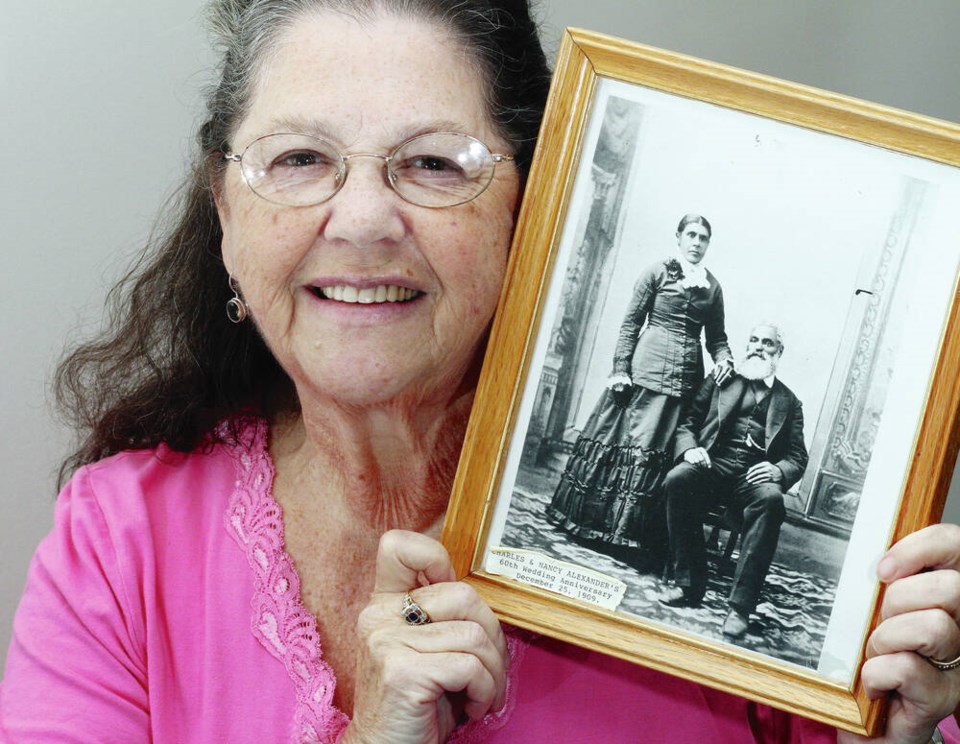It took questions from her children about their heritage and a lot of time spent in cemeteries for Karen Hoshal to piece together her family history.
Hoshal knew the names of her great grandparents, Nancy and Charles Alexander, but had never realized that she was descended from some of the first Black settlers to make the Victoria area their home.
It was only after her children, who have fair skin, started asking why their grandpa’s skin was darker that Hoshal started looking into her family history in earnest.
“I hung out in a lot of cemeteries and read a lot of headstones,” Hoshal said.
She pieced together the stories of Nancy and Charles Alexander and her other relatives by reading funeral parlour records. “I didn’t know they were important. They were just my great grandparents.”
As she dove into the family stories, Hoshal learned the Alexanders were some of the first Black pioneers to answer an invitation in 1858 from then-Governor Sir James Douglas to the Black community in San Francisco. Douglas, who was mixed race, wanted to increase settlement in what was then the Colony of British Columbia and was aware that racial animosity was growing in California.
The Alexanders answered that call, travelling to Victoria by ship with their two children. They settled in Central Saanich, where Charles Alexander, a carpenter, made his mark on the community.
Along with neighbours, he helped build the Shady Creek Church, operating today as the Central Saanich United Church, and became one of its first preachers.
“It feels like home,” said Hoshal, who attends Sunday services there.
Alexander also built the first school in what was then called South Saanich, although Hoshal has not been able to identify an exact name or location for the school. It’s through word of mouth and papers Alexander left behind that she knows about the school.
Nancy Alexander was among the first women to join the Lakehill Women’s Institute, a local chapter of a national group dedicated to educating women in cooking, ceramics, weaving and other activities.
The Alexanders have left a legacy of community building that continues to inspire later generations of Black people on the Island and new immigrants, said Camosun College sociology instructor Francis Adu-Febiri.
“That legacy has inspired us to follow in their footsteps,” Adu-Febiri said.
Hoshal, a founding member of the B.C. Black History Awareness Society, dedicates much of her time during Black History Month in February to share the story of her family and other early Black pioneers on the Island.
To learn more about Black history in B.C. and on the Island, visit bcblackhistory.ca



